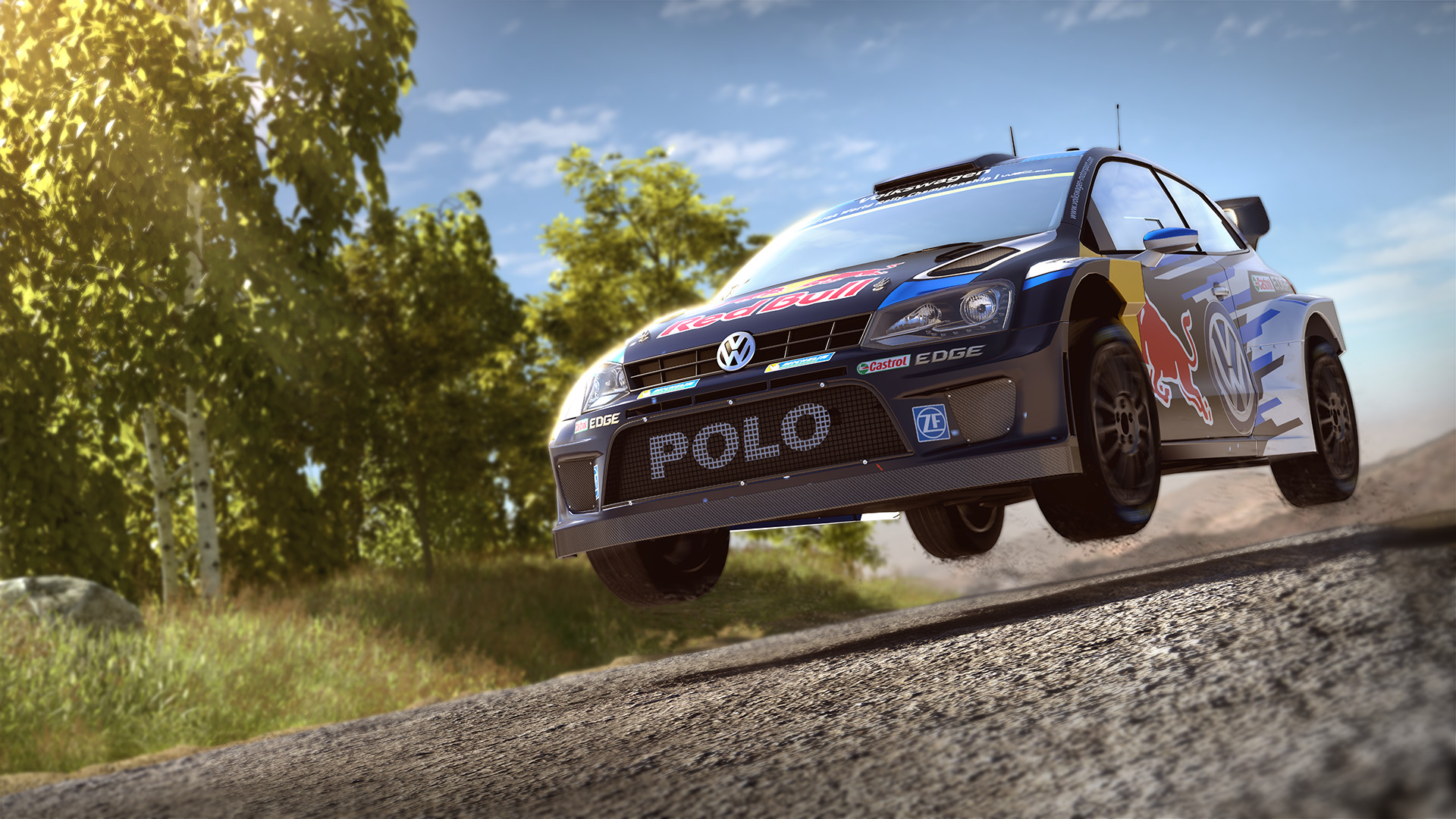

Just as important as the driving in a rally game is the co-driver. This is a simulation first and foremost, so most players will find a nice challenge in WRC 8. Cars are likely to get airborne when approaching a sharp crest, while turning around a sharp corner accurately requires precise braking and turning. But Dirt Rally is the standard these days, and for the most part WRC 8 feels similar. You may find this hard to believe, but most people don’t know what it’s really like to drive a rally stage, and this writer is no different. The driving in WRC 8 feels about as realistic as one can expect.

Dynamic weather is perhaps less intense, but also realistic and can add a variable challenge to some stages. Rain realistically falls on the windshield, which also quickly piles up and generally makes visibility an issue, as would happen in real life. The extreme weather events, where the player is challenged to complete as much of a challenging stage in intense weather while using a crippled car, are showcase events that really allow the player to experience all that the KT Engine has to offer. Specifically, weather effects are more believable in WRC 8. While Dirt Rally 2.0 may have the slight edge in graphics (especially environment detail), WRC 8 is no slouch. It appears the KT Engine is used again, which seems to be made with rally racing in mind. WRC 8 certainly looks the part of a rally racer. Did the extra development time result in a better game, perhaps one that even gives Dirt Rally 2.0 a run for its money? A Good Look The then-yearly series had iteratively improved, but evidently developer Kylotonn wasn’t happy with that, as they took two years to deliver WRC 8. WRC 7 released in 2017 and averaged a 70 on Metacritic.


 0 kommentar(er)
0 kommentar(er)
